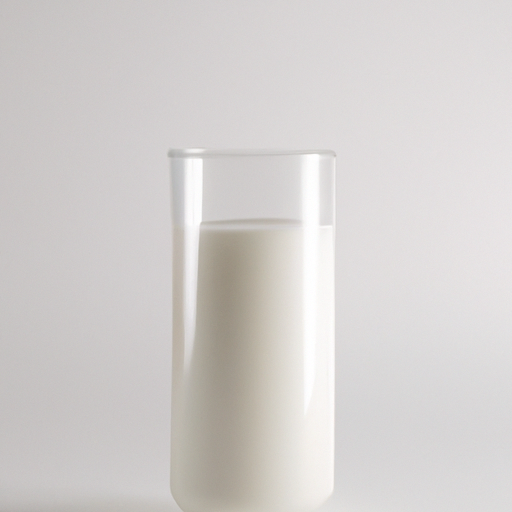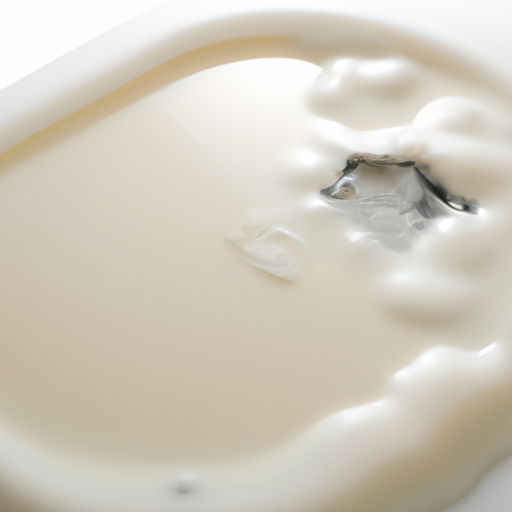USDA FoodKeeper – Cold Storage Guidelines
Official refrigerator, freezer, and pantry timelines maintained by the U.S. Department of Agriculture.
Visit USDA FoodKeeperWhole milk is a creamy staple that not only adds richness to your favorite recipes but also provides essential nutrients like calcium and vitamin D. To enjoy its deliciousness safely, keep it refrigerated and aim to use it within seven days of opening, as it can still be good for up to three days past its expiration date.
30 most common foods with instant answers. Print it and stick it on your fridge—completely free! Want more? Upgrade to the complete guide with 70+ foods.
"According to the FDA, whole milk should be stored at 40°F or below and consumed within 5-7 days of opening to ensure food safety."


Fridge
4°C (40°F)
Keep in the coldest part of the fridge, not the door
7 days
Sour smell, curdling, off taste
Use in baking or smoothies when close to expiry
Almond milk, oat milk
The expiration date on whole milk indicates the last day the milk is guaranteed to be at its peak quality in terms of taste and freshness. Consuming milk beyond this date may not necessarily make you sick but can result in a sour taste and decreased nutritional value. On the other hand, the 'best quality by' date signifies the period during which the milk is expected to taste its best and have optimal nutritional value. It is recommended to consume whole milk before this date for the best flavor and quality.
To determine if whole milk has gone bad, look for signs of curdling, chunky texture, or unusual color changes such as yellowing. Additionally, a sour or off smell is a clear indicator that the milk is no longer safe to consume. Trust your senses and discard any milk that shows these visual, smell, or texture changes.
Whole milk is a perishable dairy product and can harbor harmful bacteria such as Listeria, Salmonella, and E. coli if not stored properly. It is crucial to keep whole milk refrigerated at all times to prevent bacterial growth. Additionally, consuming expired or spoiled whole milk can lead to foodborne illnesses like stomach cramps, diarrhea, and vomiting.
To maximize the shelf life of whole milk, store it in the coldest part of the refrigerator, ideally at 40°F (4°C) or below. Keep the milk container tightly sealed to prevent absorption of other odors in the fridge. Avoid storing milk in the refrigerator door, as the temperature fluctuates more in that area. If you won't use the entire carton of milk before the expiration date, consider freezing it in an airtight container for future use in cooked dishes or smoothies. Remember to thaw frozen milk in the refrigerator and shake well before using.
Whole milk has cultural significance in many cuisines around the world. In Western cultures, it is commonly used in baking, cooking, and enjoyed as a beverage. In Indian cuisine, whole milk is a staple ingredient for making traditional sweets like gulab jamun and paneer. In some African countries, milk is fermented to make products like kefir and amasi. Fun fact: Whole milk contains essential nutrients like calcium, vitamin D, and protein, which are important for bone health and overall well-being.
Once Whole Milk is opened, it is best to consume it within 7 days if stored properly in the refrigerator at or below 40°F (4°C). After this period, the milk may not necessarily be unsafe but could have a diminished quality in taste and texture.
If Whole Milk has been sitting at room temperature for 2 hours, it's generally safe to consume as long as the temperature did not exceed 40°F (4°C). However, to ensure safety and quality, it's advisable to refrigerate the milk promptly and consume it within the recommended storage period.
The type of container can impact the shelf life of Whole Milk. Milk stored in opaque containers protects it from light exposure, which can degrade nutrients and affect flavor. Transparent containers should be stored in a dark place to maintain quality. Always follow the expiration date on the packaging for guidance.
It's best to store Whole Milk away from strong-smelling foods like fish or onions in the refrigerator to prevent flavor transfer. Placing it next to dairy products is generally safe but ensure it's not past the expiration date to avoid any potential cross-contamination or food safety risks.
When Whole Milk is cooked, it alters the flavor and texture but doesn't significantly impact its shelf life if stored correctly. However, if you use cooked milk in dishes like sauces or soups, ensure they are promptly refrigerated and consumed within the recommended storage timeframe for safety and quality.
In general, Whole Milk may last slightly longer in cooler temperatures, such as winter, as heat can accelerate bacterial growth and spoilage. However, proper refrigeration is crucial regardless of the season to maintain the milk's quality and safety. Always check the expiration date as a guideline.
When transporting Whole Milk for a 3-hour trip, use a cooler with ice packs to keep the milk at a safe temperature below 40°F (4°C). Avoid leaving the milk in a hot car or under direct sunlight. Once you reach your destination, promptly refrigerate the milk to maintain its quality and safety.
30 most common foods with instant answers. Print it and stick it on your fridge—completely free! Want more? Upgrade to the complete guide with 70+ foods.
Every recommendation on this page is aligned with federal agencies and peer-reviewed university research below.
Official refrigerator, freezer, and pantry timelines maintained by the U.S. Department of Agriculture.
Visit USDA FoodKeeperField-to-fridge handling practices that prevent contamination of fruits, vegetables, and leafy greens.
Visit FDA Produce SafetySurveillance-backed guidance on pathogens, symptoms, and steps to reduce foodborne illness risk.
Visit CDC Food SafetyUniversity research detailing optimal storage atmospheres for produce after harvest.
Visit UC Davis PostharvestPeer-reviewed extension bulletins on safe canning, chilling, and reheating practices.
Visit Penn State ExtensionNeed deeper reading? Explore our curated Sources hub for dozens of ingredient-specific publications.
Scan your food directly and get instant safety info using our AI-powered camera feature.
We have recipes that can help you safely use whole milk past its expiration date!
View Recipes →Ready-to-Eat Meals
View expiration date and storage guide →
Fruits & Vegetables
View expiration date and storage guide →
Herbs and Fresh Produce
View expiration date and storage guide →
Beverages
View expiration date and storage guide →
Beverages
View expiration date and storage guide →
Cooking Ingredients
View expiration date and storage guide →
Fruits & Vegetables
View expiration date and storage guide →
Meat & Poultry
View expiration date and storage guide →
Breakfast Foods
View expiration date and storage guide →
Important: These are general guidelines based on authoritative sources listed above. Always use your best judgment and when in doubt, throw it out. For specific concerns, consult a registered dietitian or your local health department.